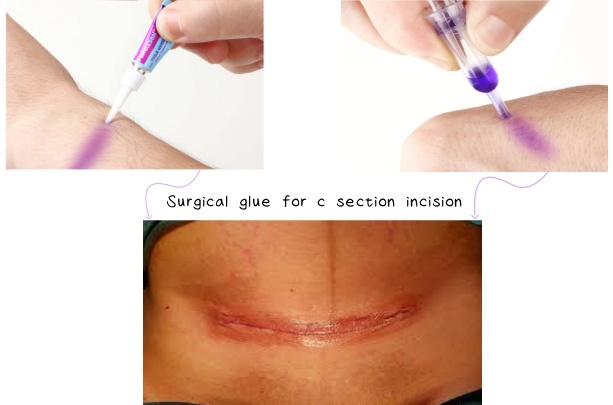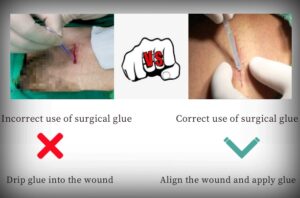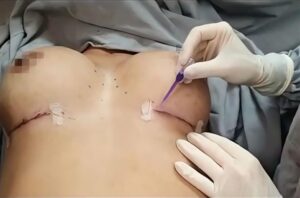What is a c-section?
C-section, Cesarean section, Cesarean delivery, or cesarean birth, is a surgical procedure used to deliver a baby when vaginal delivery isn’t possible or safe for the mother or the baby. It involves making an incision in the mother’s abdomen and uterus to remove the baby. It is a common and safe procedure, with a low risk of complications.
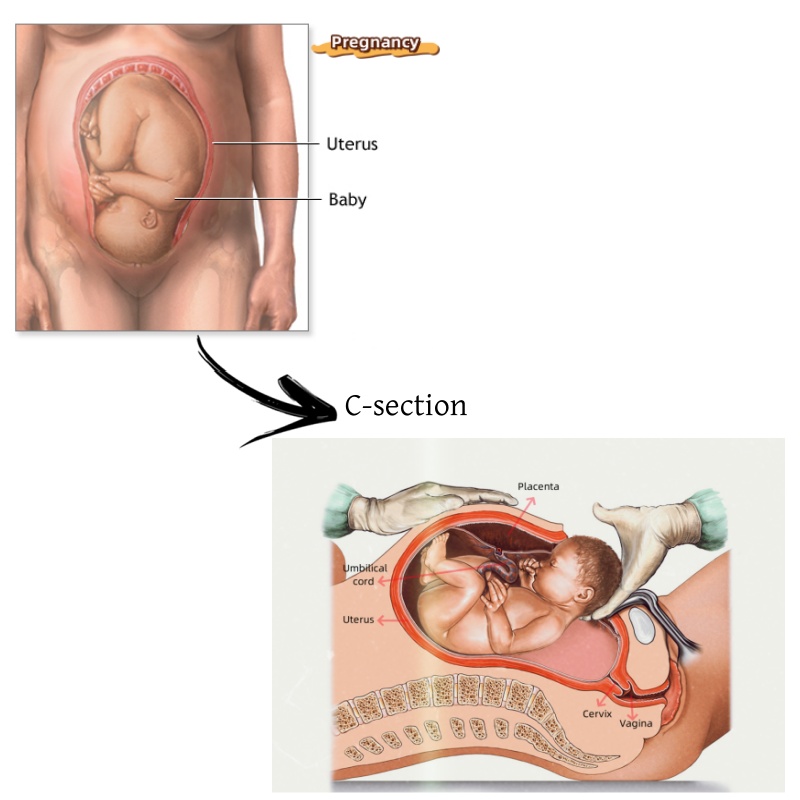
Types of c section
There are three types of C-sections: elective, unplanned, and emergency.
A planned (or elective) cesarean is scheduled before labor is expected to begin.
An unplanned or in-labor cesarean (sometimes called an emergency cesarean) takes place during labor, or before labor starts if an unexpected medical problem comes up.
Why Is C-Section Performed?
Most common reason for c section
A woman may have a C-section if there are problems with the baby, such as an abnormal heart rate, abnormal positions of the baby in the womb, developmental issues in the baby, multiple pregnancies like triplets, the mother has had a C-section before, or other problem about the placenta or umbilical cord.
How to prepare for a c-section?
Suppose you and your doctor decide that a cesarean delivery is the best option for delivery. In that case, your doctor will tell you about the possible risks of a C-section and will be asked to sign a consent form that permits you to do the procedure.
There will be many tests done before your C-section surgery. This will include blood tests and other examinations to determine your health record and your blood type in case you need a blood transfusion during the surgery. Blood transfusions are rarely needed during cesarean delivery, but your doctor will be prepared for any complications.
Tell your doctor if you are sensitive to or are allergic to any medicine, latex, iodine, tape, or anesthesia.
You may have pain in the first few days and you will need to arrange for someone to take care of you and your baby.
If you’re sure you do not want any more children and have signed the consent, at the time of the C-section, the doctor can tie your tubes (a tubal ligation) at the same time.
Additional Tips: 5 tips to prepare for your C-section
- Restrict solid foods for eight hours before the C-section. This step will reduce the likelihood of vomiting or lung complications. Starting 2 hours before your C-section, do not take anything by mouth. Ask your doctor to review all the medicines you are taking.
- Shower with a special soap. The goal is to kill bacteria on the skin and reduce the risk of infection following your C-section.
- Don’t shave your stomach or pubic area. Avoid razor shaving that leaves small scratches on the skin that can promote postpartum infections.
- Discuss with your doctor how incisions should be closed. Your doctor can use various methods based on the type of c section incision, body characteristics, and a patient’s preferences. Typically, we use staples, stitches, or tissue adhesive skin glue to close cuts.
- Discuss pain management.
Choose options for pain control after surgery. Generally include medications delivered through an epidural catheter or spinal, and IV medications delivered as scheduled doses or continuously through a pump.
C-section Procedure Details
Preparations
- The first step in a C-section procedure is preparing you for anesthesia. Generally, there are the following three anesthesia methods, and the doctor will choose one according to the actual situation.
Spinal Block: anesthesia is injected directly into the sac surrounding your spinal cord, thus numbing the lower part of your body.
Epidural: common anesthesia for both vaginal and cesarean deliveries, which is injected into your lower back outside the sac of the spinal cord
General Anesthesia: anesthesia that puts you into a painless sleep, and is usually reserved for emergencies
Most planned C-sections use an epidural, so you are awake for the delivery. However, in some cases, you’re asleep under general anesthesia.
- Your abdomen will be cleaned with an antiseptic, and you might have an oxygen mask placed over your mouth and nose to increase oxygen to your baby.
- A catheter will be inserted to keep your bladder empty.
- You will have heart and blood pressure monitors applied.
- You’ll get an IV in your hand or arm to give you medicine and fluid.
- Next, your provider places a sterile drape around the incision site and over your legs and chest.
- Finally, your providers raise a sterile curtain or drape between your head and your lower body.
During C-section Surgery
Abdominal incision. The doctor makes an incision in the abdominal wall. It’s usually done horizontally near the pubic hairline. (A horizontal incision is also called a bikini incision.) Or the doctor might make a vertical incision from just below the navel to just above the pubic bone.
Uterine incision. The doctor cuts a 3- to 4-inch incision into the wall of your uterus. This incision can also be transverse or vertical.
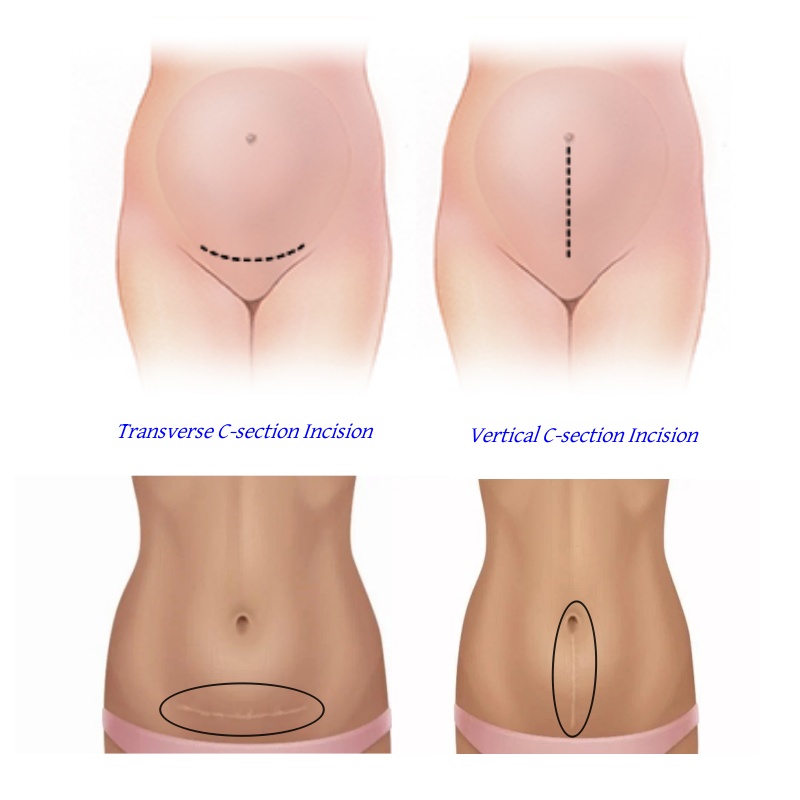
Delivery. The obstetrician removes your baby through the incisions, clears the baby’s mouth and nose of fluids, the umbilical cord is cut, the placenta is removed and the incisions are closed with stitches, surgical skin adhesive(”c-section glue”)
or staples. stitches, staples, glue: How to choose?
What is a c-section glue?
C-section glue (incision glue) is a relatively effective, comfortable, and easy method of skin closure after cesarean delivery, it is a special type of liquid medical glue that dries within seconds after exposure to the air. Incision glue is usually covered with a gauze dressing after application.
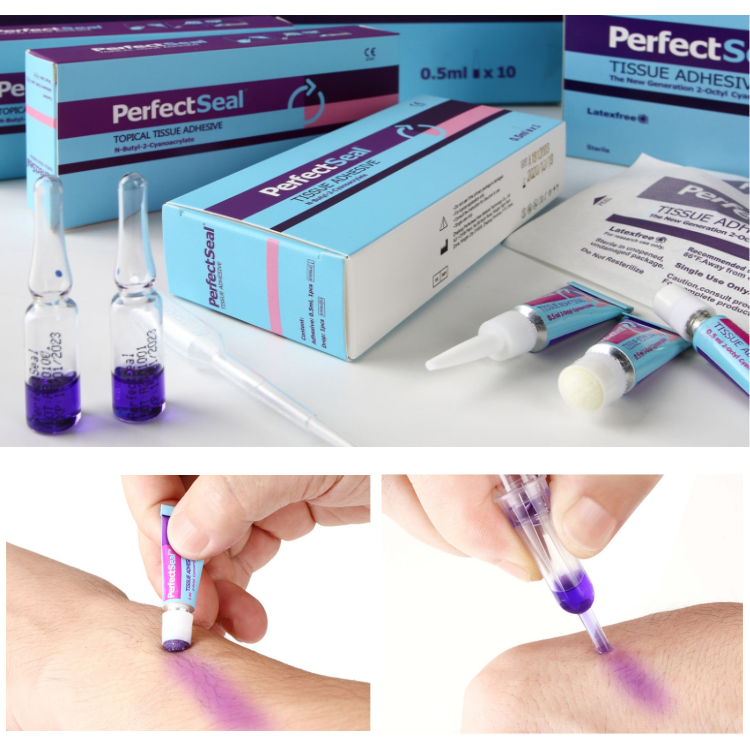
The Advantages of C-section Glue
C-section Glue is a wound care glue, that presents numerous benefits compared to conventional stitches or staples. It forms a protective, waterproof bond that guards against infections, often leading to less scarring and improved cosmetic outcomes. Additionally, it can promote faster healing and decrease the need for follow-up appointments to remove stitches or staples.
How to use C-section Glue?
How to care for C-section glue incision?
Caring for a C-section glue incision involves keeping it clean and dry. Follow your doctor’s instructions, If there is blood a little way above or below you can gently wash that off with soap and water, avoiding excessive bending or stretching, and watching for signs of infection like redness, swelling, or discharge.
How long does it take for c-section glue to come off?
Generally, c-section glue will come off in about 5-10 days.
After the procedure
After undergoing a Cesarean section (C-section) procedure, recovery typically involves a hospital stay lasting 2 to 3 days. During this time, healthcare providers will monitor your incision for signs of infection and encourage you to drink fluids and walk to prevent complications like constipation and deep vein thrombosis.
For comfort, it is recommended to wear panties for C-section recovery and loose clothing that won’t rub against the incision.
Your incision will hurt as the anesthesia wears off. You can take ibuprofen or acetaminophen (even if you’re breastfeeding), and your provider can also prescribe pain medication for you to take as needed.
Once discharged, taking it easy and resting at home is crucial, as avoiding strenuous activities for 4 to 6 weeks.
According to the time informed by the doctor, go to the hospital regularly to review the physical recovery and baby’s physical examination.
Be vigilant for signs of postpartum depression, such as severe mood swings or overwhelming fatigue, and seek medical attention if needed.
Overall, C-section recovery requires patience, rest, and attentive self-care to ensure optimal healing and well-being for both mother and baby.
Risks / Benefits
Risks of cesarean section
Like any surgery, a C-section involves some risks. The risks of complications are slightly higher with C-sections than with vaginal delivery. These might include:
- Reaction to anesthesia
- Infection. (Infection in the uterus, wound infection, or trouble urinating or urinary tract infection)
- Loss of blood (hemorrhage). A C-section might cause heavy bleeding during and after delivery.
- Blood clots. A blood clot that may break off and enter your bloodstream (embolism).
- Injury to the bowel or bladder.
- Abnormal separation of the placenta, especially in women with previous cesarean delivery.
- A cut that might weaken the uterine wall.
- Fetal injury. Accidentally cutting your baby when your womb is opened.
- Temporary breathing difficulties in your baby.
- Increased risks during future pregnancies.
- A C-section also increases the risk of the uterus tearing along the scar line (uterine rupture) for women who attempt a vaginal delivery in a later pregnancy.
Benefits of C section
- Controlled Delivery. Such as breech presentation or placenta previa.
- Lower risk of incontinence and sexual dysfunction after the birth of the baby.
- Lower risk of the baby being deprived of oxygen during delivery.
- Lower risk of the baby experiencing trauma while passing through the birth canal.

